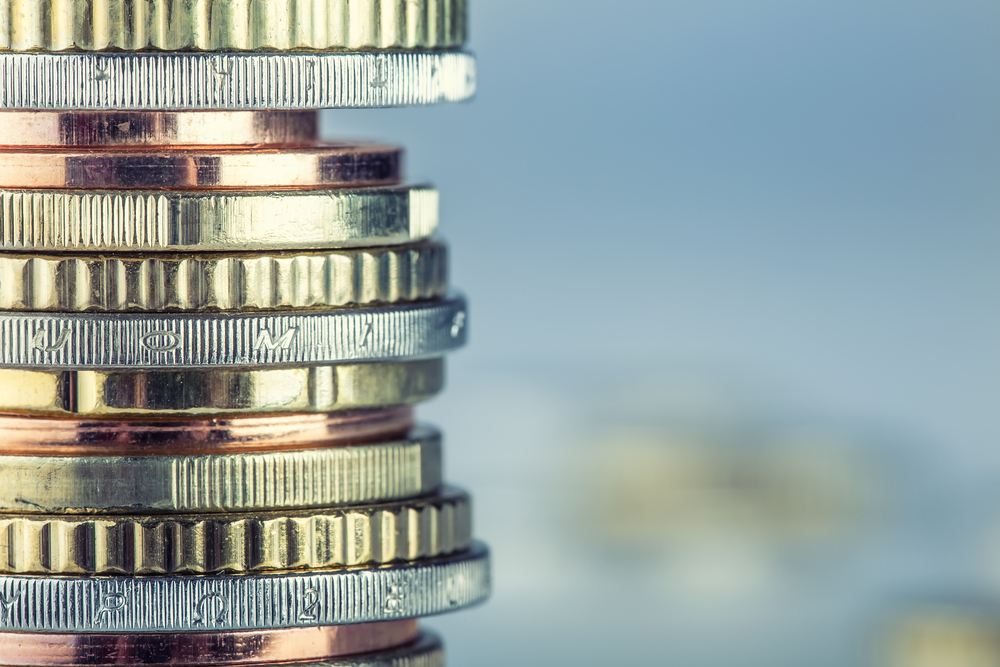Digital Fiat Currency Technology Nabs Investment, Makes Inroads With Central Bankers

eCurrency Mint (eCM), a Dublin-based company that has pioneered a new technology that enables central banks to issue digital fiat currency, has received an undisclosed amount of Series C funding from Omidyar Network , a global investment firm launched by eBay founder Pierre Omidyar. The investment helps sets the stage to establish digital fiat currency, which portends numerous benefits over physical currency for bankers, merchants and consumers.
The Wall Street Journal also has an article noting that eCM has met with 30 central banks which are exploring digital currency backed by governments since it lowers the cost of currency.
Jonathan Dharmapalan, eCM founder and CEO, said the firm has piloted the system in multiple countries and has reached agreements with two central banks to provide them the technology to issue currency. He declined to identify the banks or their countries, but he expects them to announce the programs soon.
eCurrency To Use Existing Payment Infrastructure
The technology is not designed to operate as its own payment system like bitcoin. The currency can be transferred like cash using existing digital transaction systems or new systems. The makeup of the currency will change, but not the infrastructure through which it moves.
eCurrency combines hardware, software and cryptographic security to allow a central bank to issue digital fiat currency and manage its operation. This includes monitoring movement through payment systems in near real time, according to eCM.
Tilman Ehrbeck, a partner at Omidyar Network, said eCurrency can help drive financial inclusion by turning digital value systems into sovereign-backed national currencies. This will increase trust and address obstacles to the adoption of digital value systems, such as interoperability.
eCurrency works across all existing infrastructures and payment systems, eCM noted. It also can be customized to comply with country-specific security and regulatory frameworks.
How It Works For Central Banks
Once a country’s central bank acquires the technology, eCurrency can be minted only by the central bank offline. Each eCurrency consist of a self-contained security instrument called a “cryptocomplex” made up of layers of technology bound together to ensure it cannot be counterfeited. The security features can be updated in response to counterfeiting threats.
Once each eCurrency unit is created, it moves in digital form within a storage device to payment systems like financial providers and banks using the same delivery mechanisms used currently for coins and notes.
The institutions then load the eCurrency into their systems which make them available to the public.
 The central bank can monitor the movement of eCurrency through payment systems nearly in real time and can ensure the issued amount is the same as the amount in circulation.
The central bank can monitor the movement of eCurrency through payment systems nearly in real time and can ensure the issued amount is the same as the amount in circulation.
eCM’s technology can sit alongside physical cash and allow non-bank firms to digitally interact with a central bank, said Felix Martin, author of the book “Money: The Unauthorized Biography” who is also an investment fund manager.
Ecuador and Canada have tested digital payment technologies.
The Basel, Switzerland-based Bank for International Settlements, which consists of 60 global central banks, noted in a recent paper that digital currencies like bitcoin raise the possibility of less control for of the monetary system by authorities. One option is to use the technology itself to issue digital currencies.
Under the existing currency payment system, currency is stored in bank accounts and verified by the payment networks, a process which incurs costs.
Also read: HSBC: Blockchain technology could help central banks’ policies
Digital Currency Has Benefits Over Cash
Digital currency carries the same information as existing currency to validate the value and could transfer among users.
A consumer can today load digital cash on a gift card that is issued by a retailer or a bank, but it can only be spent where the card is accepted. A card holding digital currency backed by the Federal Reserve, on the other hand, could theoretically be used anywhere cash is accepted.
With digital cash, central bankers would save the cost of printing physical cash. Dharmapalan said digital currency costs 10% to produce compared to the cost of printing and distributing physical currency while allowing the government to retain the revenue of issuing currency, which is known as seignorage.
Digital currency would save banks much of the cost of vaults, transportation and employees.
Central bankers would also be able to track digital transactions better; cash transactions are anonymous and more susceptible to illicit use.
Digital cash could also benefit consumers by allowing funds to transfer more easily and less expensively.
Featured images from Shutterstock and Facebook/Omidyar.
